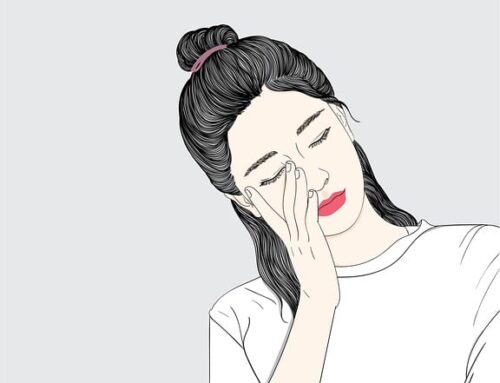We’ve all experienced a headache or few at some point in our lives, but are you familiar with the different types of headaches you might experience? To get a better understanding of the headache you are experiencing, it is important to know what kind of headache it is in order to get proper treatment. One type of headache is the cluster headache. Let’s take a look at what a cluster headache is.
What is a Cluster Headache?
A cluster headache refers to the type of headache that recurs over a period of time. You might experience cluster headaches one to three times a day during a period of time, which may last from two weeks to three months—that’s no good! People who suffer from cluster headaches often get them at the same time each year, such as the spring or fall.
You might wake up from sleep one to two hours after going to bed due to a cluster headache. These nocturnal attacks can be more severe than the daytime cluster headaches because they appear to be linked to the circadian rhythm, or “biological” clock. Cluster headaches can also be more intense than a migraine attack but fortunately do not last as long as a migraine headache. These headaches might even disappear completely, only to return again in months or years without any warning.
Who Gets Cluster Headaches?
Cluster headaches are the least common type of headaches and affect less than one in 1,000 people. Typically, cluster headaches start before the age of 30 and are more common in men than women. The cause is often unkown, but the headaches occur when a nerve pathway in the base of the brain is activated. The trigeminal nerve is the main nerve of the face responsible for sensations, such as heat or pain. When activated, the trigeminal nerve causes the eye pain associated with cluster headaches.
If you suspect you might suffer from cluster headaches, contact Craniofacial Pain & Dental Sleep Center of Georgia for more information on treatment options to help eliminate your pain.







